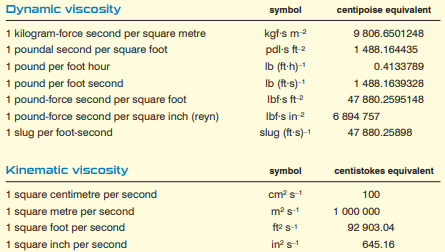
Let’s describe the term high-viscosity with an example. The fluid with high viscosity offers greater flow resistance. High viscosity usually means the liquid is thicker.

Equation 1 mentioned above is basically a mathematical representation of Newton’s law of viscosity. Dynamic viscosity is the coefficient of viscosity as defined in Newton’s law of viscosity. Non-Newtonian fluids do not follow Newton’s law of viscosity and hence their viscosity varies and is dependent on the shear rate. Newtonian fluids obey Newton’s law of viscosity. In another way, it can be stated that the ratio of shear stress to shear rate in a fluid is a constant, and is defined as the coefficient of viscosity. For a given temperature and pressure, Newton’s viscosity law states that the shear stress between two adjacent layers in a fluid is proportional to the velocity gradients between those layers. The relationship between the shear stress and the shear rate of fluid under mechanical stress is established by Newton’s law of viscosity.

The following table states the viscosity of some popular substances. Temperature (☌) Kinematic Viscosity (m 2/s X 10 -6) 10 1.3059 20 1.004 30 0.801 50 0.553 70 0.413 90 0.326 100 0.294 Table 2: Kinematic Viscosity of water with respect to temperature Viscosity of Some Common Substances


 0 kommentar(er)
0 kommentar(er)
